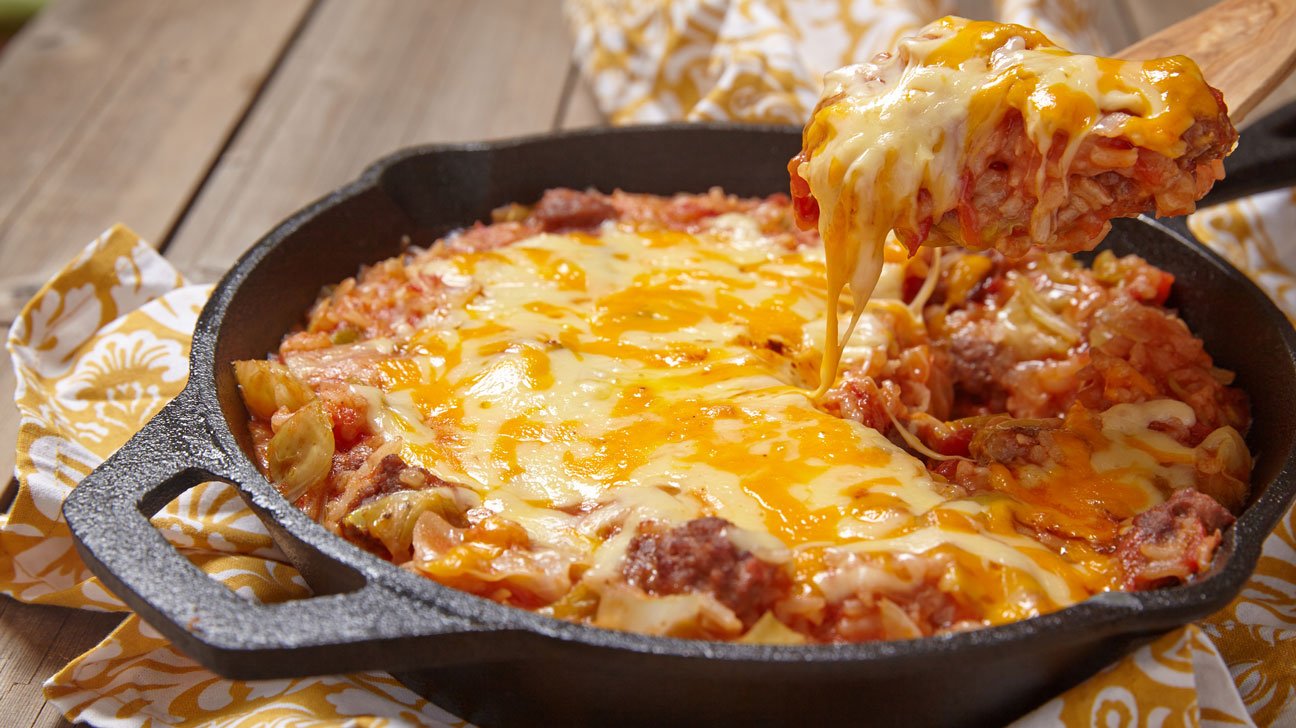A balanced diet is crucial for maintaining good health and well-being. It provides your body with essential nutrients, helps manage weight, and reduces the risk of chronic diseases. Here’s an ultimate guide to help you understand and create a balanced diet:
What is a Balanced Diet?
A balanced diet includes a variety of foods in the right proportions, providing the necessary nutrients your body needs to function correctly. These nutrients include carbohydrates, proteins, fats, vitamins, minerals, and water.
Key Components of a Balanced Diet
- Carbohydrates
- Role: Provide energy
- Sources: Whole grains (brown rice, oats, quinoa), fruits, vegetables, legumes
- Recommendation: Make at least half your grains whole grains. Limit refined grains and added sugars.
- Proteins
- Role: Build and repair tissues, make enzymes and hormones
- Sources: Lean meats, poultry, fish, eggs, dairy products, legumes, nuts, seeds, soy products
- Recommendation: Include a variety of protein sources. Opt for lean cuts and plant-based proteins.
- Fats
- Role: Provide energy, support cell growth, protect organs, keep the body warm
- Sources: Avocados, nuts, seeds, olive oil, fatty fish (salmon, mackerel), dairy
- Recommendation: Focus on healthy fats like monounsaturated and polyunsaturated fats. Limit saturated fats and avoid trans fats.
- Vitamins and Minerals
- Role: Support various bodily functions, including immune system, bone health, and wound healing
- Sources: A diverse range of fruits, vegetables, whole grains, lean proteins, dairy products
- Recommendation: Eat a colorful variety of fruits and vegetables to ensure a broad intake of vitamins and minerals.
- Fiber
- Role: Aid digestion, prevent constipation, control blood sugar levels
- Sources: Whole grains, fruits, vegetables, legumes, nuts, seeds
- Recommendation: Aim for at least 25-30 grams of fiber per day from a variety of sources.
- Water
- Role: Maintain hydration, support bodily functions
- Sources: Drinking water, fruits, vegetables, soups
- Recommendation: Drink at least 8 cups (64 ounces) of water daily, more if you’re active or in hot climates.
Creating a Balanced Plate
Follow the “MyPlate” guidelines from the USDA to create a balanced meal:
- Half your plate: Fruits and vegetables
- A quarter of your plate: Protein
- A quarter of your plate: Grains (preferably whole grains)
- A serving of dairy: Milk, yogurt, or cheese, or a dairy alternative
Tips for Maintaining a Balanced Diet
- Plan Your Meals
- Plan your meals and snacks ahead of time to ensure you include a variety of food groups.
- Control Portions
- Be mindful of portion sizes to avoid overeating. Use smaller plates if necessary.
- Read Food Labels
- Learn to read and understand food labels to make healthier choices.
- Limit Processed Foods
- Minimize consumption of processed foods high in added sugars, sodium, and unhealthy fats.
- Cook at Home
- Cooking at home allows you to control ingredients and portions, making it easier to eat healthily.
- Stay Hydrated
- Drink water throughout the day. Limit sugary drinks and excessive caffeine.
- Practice Mindful Eating
- Pay attention to your hunger and fullness cues. Avoid distractions while eating to prevent overeating.
Sample Balanced Meal Plan
Breakfast:
- Greek yogurt with berries and a drizzle of honey
- Whole grain toast with avocado
Lunch:
- Grilled chicken salad with mixed greens, cherry tomatoes, cucumbers, and a light vinaigrette
- Quinoa on the side
Snack:
- Apple slices with almond butter
Dinner:
- Baked salmon with a side of steamed broccoli
- Brown rice or a sweet potato
Snack:
- A handful of mixed nuts
Conclusion
Maintaining a balanced diet is essential for your overall health. By including a variety of foods from all food groups, controlling portions, and staying hydrated, you can ensure your body gets the nutrients it needs to thrive. Start making small changes today and enjoy the benefits of a healthier lifestyle.












JiliPH really makes online gambling fun and easy-especially with slots like Money Coming and Super Ace. The interface is smooth, and playing on Jilislot feels secure and rewarding. Worth checking out!
8gxun7
You made some first rate points there. I looked on the web for the problem and located most individuals will go along with along with your website.
Nice post. I learn something more challenging on different blogs everyday. It will always be stimulating to read content from other writers and practice a little something from their store. I’d prefer to use some with the content on my blog whether you don’t mind. Natually I’ll give you a link on your web blog. Thanks for sharing.
It’s exhausting to find educated people on this subject, but you sound like you recognize what you’re talking about! Thanks
I like this internet site because so much utile stuff on here : D.
Alright, gv777vipgame, lemme tell ya. VIP treatment is alright. Games load quick and the graphics are nice. Could use some more variety in the slots though But overall, I’m enjoying it Try your luck today! gv777vipgame
Alright, checked out 556betcom. Looks decent. Clean interface, easy to understand the odds. If you like straightforward betting, this isn’t a bad option. Take a peek: 556betcom
Awesome blog! Is your theme custom made or did you download it from somewhere? A theme like yours with a few simple adjustements would really make my blog stand out. Please let me know where you got your design. Thanks a lot
You have remarked very interesting points! ps nice website.
Hello! Do you know if they make any plugins to assist with Search Engine Optimization? I’m trying to get my blog to rank for some targeted keywords but I’m not seeing very good gains. If you know of any please share. Thank you!
Find Female Escorts in Brasilia
Loving the information on this internet site, you have done great job on the blog posts.